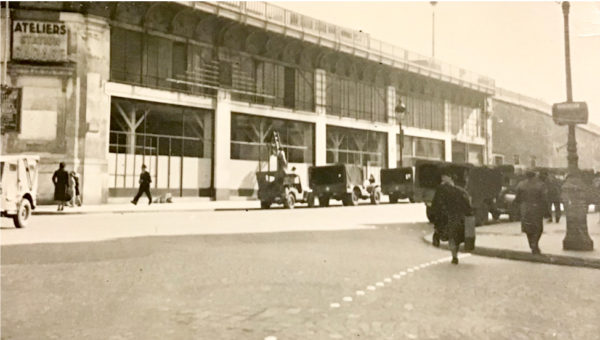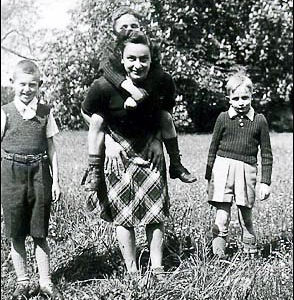I’m excited to have author Jane S. Gabin as our guest blogger today! Jane recently wrote and published her newest book, The Paris Photo, after finding unexplained pictures among her late father’s papers. A native of New York City, Jane earned her Master’s and PhD in English from the University of North Caroline at Chapel Hill. She is an accomplished teacher, educational counselor, lecturer, and most recently, conducting classes on World War II at the Osher Lifelong Learning Institute at Duke University. Jane is a member of the Southern Association for College Admissions Counseling, the Victorian Society of New York, and several branches of Alliance Français. But the most important fact about Jane is that she shares one of our favorite Paris pastimes: sitting in the bistro with a glass of wine or beer and people watching.
S/Sgt. Alfred L. Gabin’s Paris As Told By His Daughter
In Paris, World War II seems like an almost recent event. There are reminders everywhere. You cannot walk a block without seeing a plaque or statue memorializing a person or event. Stops on the Métro remind you as well – Jacques Bonsergent, Colonel Fabien, Guy Môquet.
On this trip to Paris, though, I decide to concentrate on the part of the city my father – who was stationed there in 1944-45 – knew best: the area around Gare Montparnasse. His unit arrived shortly after the Liberation and set up a military postal office in the space under the road leading up to the Gare.
(Rue de l’Arrivee, Gare Montparnasse US Army postal station, 1944; photo by S/Sgt Alfred L. Gabin)
There, between the Rue de l’Arrivee and the Rue du Depart, they prepared incoming letters and parcels for the troops and censored the post. I know the men had free time because I saw from my dad’s photos that they explored the city, had drinks at the many cafes along the Boulevard Montparnasse, and went to horse races at the track in the Bois de Boulogne.
The Gare Montparnasse has been replaced by a new station, and where my father and many others worked is now an unadorned, monolithic 59-story office block offering an unparalleled view of the city. This compensates for its existence. Completed in 1973, the Tour Montparnasse rapidly inspired the passing of legislation limiting the height of any new building in Paris. But it does provide a good vantage point from which to view the area.
The combination of broad Haussmanian boulevards and short neighborhood streets meant that my father was surrounded by an area inviting him to explore. The wide Boulevard du Montparnasse stretched directly in front of where he worked, an important boundary; on the other side was the 6thArrondissement, with the Rue de Rennes running straight ahead down to the church of Saint-Germaine-des-Pres. The basic view has not changed in the intervening 75 years. Read More My Father’s Paris



